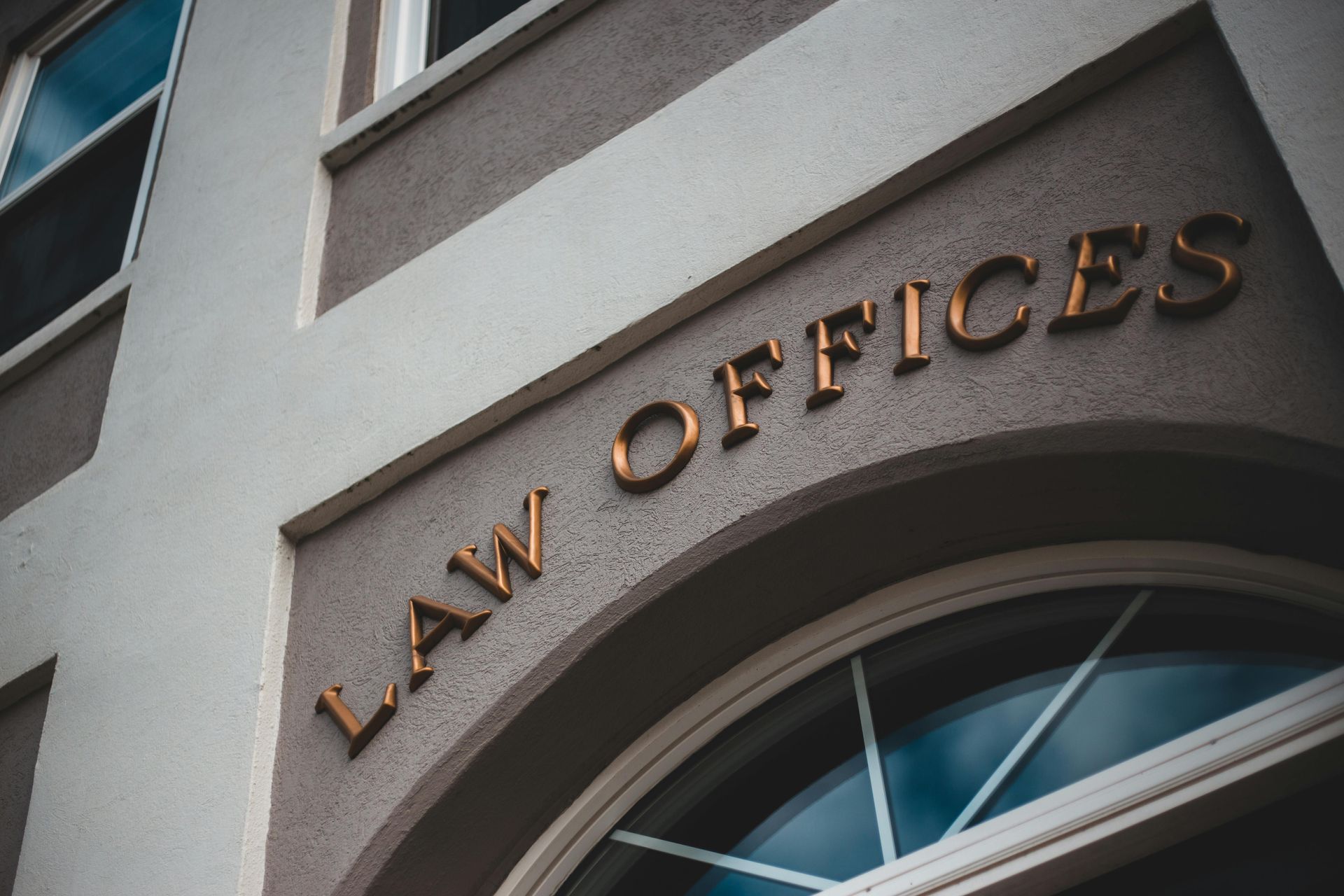How to Avoid Fraud on the USPTO
ATTORNEYS IN DALLAS
Understand components of accurate trademark applications, including truthful declarations, genuine intentions for commerce, and comprehensive definitions, to ensure successful registration while minimizing legal risks.
How to Avoid Fraud on the USPTO
It is crucial to understand that when submitting a trademark application to the United States Patent & Trademark Office (USPTO), the statements made in the application must be truthful and accurate. To ensure this, applicants must declare that they are either currently using the mark in commerce or have a genuine intention to use it in commerce. Additionally, they must confirm that, to the best of their knowledge, no third party has the right to use the trademark in commerce in a manner that could cause confusion in the marketplace. Providing false statements intentionally can result in fines, imprisonment, or both, and may also put the validity of the application and any resulting registration at risk.
For goods, a trademark is considered to be in use in commerce when it is applied to the product itself, its container, or the associated display. If it is not feasible to physically affix the mark to the goods, it can be placed on documents related to the products, provided that the goods are sold or transported in commerce. In the case of services, the mark must be used or displayed in the promotion or sale of the services, and the services themselves must be rendered in commerce.
Trademark Owners Need Clear Understanding of Legal Definitions
To avoid attesting to incorrect information, it is important to have a clear understanding of the legal definitions of certain terms before submitting a trademark application. As part of our trademark practice, we often receive inquiries about the meanings of terms such as "use in commerce," "commerce," "service," and "bona fide intention" regarding the use of the mark in commerce. It is advisable for trademark applicants to familiarize themselves with these definitions before proceeding with their application to the USPTO.
When Is Your Trademark Being Used In Commerce
The legal definition of commerce, as it pertains to trademark law, encompasses interstate commerce, territorial commerce, and commerce between the United States and foreign countries. Interstate commerce refers to trade conducted between two states, which can include situations where customers cross state lines in response to service advertisements, or when the applicant's licensees or franchisees operate in multiple states and use the trademark. The concept of territorial commerce involves commerce within a U.S. territory or between a U.S. territory and the U.S. itself. U.S. territories include Guam, Puerto Rico, American Samoa, and the U.S. Virgin Islands. In terms of foreign commerce, it must involve the U.S., and using a trademark in a foreign country alone does not grant rights in the U.S. unless the goods or services are also sold or provided in the U.S.
Regarding services, it's important to note that not every activity qualifies as a service under trademark law. The activity or service must benefit someone other than the applicant, and it cannot be a system, process, idea, or method.
Have a Bona Fide Intent to Use the Trademark in Commerce
Having a bona fide intention to use the trademark in commerce means genuinely intending to use the mark and taking active steps over time to bring the product to the market or prepare to render the services identified in the trademark application. Merely filing an application to reserve the mark without any intention of manufacturing, distributing the goods, or providing the services is insufficient. If challenged, the applicant must be able to present documentary evidence demonstrating their bona fide intent. Examples of such evidence may include producing the goods, customer orders, invoices, promotional materials, marketing plans, meeting documentation, licenses, distribution agreements, and more.
- 66(a) Applications
- Abandoning a Trademark Application or Withdrawing a TTAB Proceeding
- Abandonment and Nonuse
- Abbreviations as Trademarks
- Accelerated Case Resolutions
- Acquired Secondary Trademark Meaning
- Amending Trademark Application
- Assigning a Trademark
- Assigning a Trademark and the Intent to Use Application
- Avoiding Fraud on Trademark Applications
- Avoiding Trademark Litigation
- Basis for Filing a Trademark
- Benefits of Registering a Trademark
- Bona Fide Intent to Use
- Celebrity Trademarks
- Challenging the Relatedness Factor
- Challenging Trademark Rights
- Claims in a Notice of Opposition
- Co-Existence Agreements
- Common Law Trademarks in the Internet Era
- Common Law Use and Priority
- Conflicting Marks
- Consent Agreements
- Constructive Use Priority
- Dates of Use
- Defenses in Opposition and Cancellation Proceedings
- Descriptive or Generic Trademarks
- Design Marks
- Design Trademarks
- Determining Trademark Similarities
- Discovery in TTAB Proceedings
- Dividing a Trademark Application
- Drawing Page
- Electronic Display Specimens for Trademarks
- Evidence in TTAB Proceedings
- Evidence of Acquired Distinctiveness
- Expediting Trademark Cancellation for Nonuse or Abandonment
- Extending Time to Oppose
- Factors of a Likelihood of Confusion Analysis
- False Suggestions of Connection
- Famous Trademarks and Likelihood of Confusion and Dilution
- Filing an Opposition or Cancellation Proceedings
- First Sale Doctrine
- Five Years of Use
- Foreign Trademark Rights
- Generic Trademarks
- Geographic Trademarks
- Hiring Trademark Counsel
- Immoral and Scandalous Trademarks
- Incontestability of U.S. Trademarks
- International Trademark Filings
- Joint Trademark Ownership
- Lawful Use of a Trademark in Commerce
- Likelihood of Confusion Analysis
- Likelihood of Confusion Refusal
- Merely Descriptive Trademarks
- Multiple Bases for a Trademark Application
- Overcoming and Ornamentation Trademark Refusal
- Personal Name Trademarks
- Principal and Supplemental Registers
- Protecting Single Creative Works
- Recording Trademark Assignments
- Refusal of a Trademark
- Refusing a Trade Dress Application
- Registering a Certification Trademark
- Registering a Service Mark
- Registering a Trademark That Lacks Inherent Distinctiveness
- Registering an International Trademark
- Relatedness of Goods or Services
- Request for Reconsideration in Trademark Office Action
- Requirements for International Trademark Application
- Revive an Abandoned Trademark Application
- Secondary Meaning
- Source Confusion
- Special Trademark Applications
- Standard Character and Special Format Marks
- Standing in Opposition and Cancellation Proceedings
- State Trademark Registration
- Statement of Use Extensions
- Tacking Doctrine
- Technical Trademark Use
- The Supplemental Register
- Trade Dress
- Trade Dress Application
- Trademark Application
- Trademark Clearance Searches
- Trademark Disclaimers
- Trademark Licensing
- Trademark of Authors, Performing Artists, and Characters
- Trademark Ownership
- Trademark Protection In Texas
- Trademark Settlements
- Trademark Specimens
- Trademark Specimens
- Trademark Use by Related Company
- Trademark Use in Advertising
- Trademark Use in Commerce
- Trademarking a Distinctive Mark
- Trademarking a Hashtag
- Trademarks for Musical Artists
- TTAB Discovery Rules
- TTAB Proceedings
- U.S. Service Mark
- U.S. Trade Dress
- Understanding Trade Channels
- Unitary U.S. Trademark
- Universal Symbols as Trademarks
- Using Secondary Sources
- What is an Ex Parte Appeal?
- Where to Register a Trademark
- Who Must File a Trademark?
Contact an Experienced Trademark Attorney
If you need legal advice regarding your trademark rights, assistance with trademark prosecution, or representation in a domain name dispute, contact Wilson Whitaker Rynell. Our team of trademark lawyers has extensive experience in all aspects of trademark and copyright law, including the filing of trademark applications and representing clients in defense or prosecution before the Trademark Trial and Appeal Board.
CLIENT MATTERS
5,000+
YEARS OF SERVICE
25+
Award Winning
Recognized in the legal industry as dedicated board-certified lawyers and Rising Stars.
Expert Team
Your project will be handled by legal experts every time. You will have the most experienced attorneys working for you.
Quality Representation











